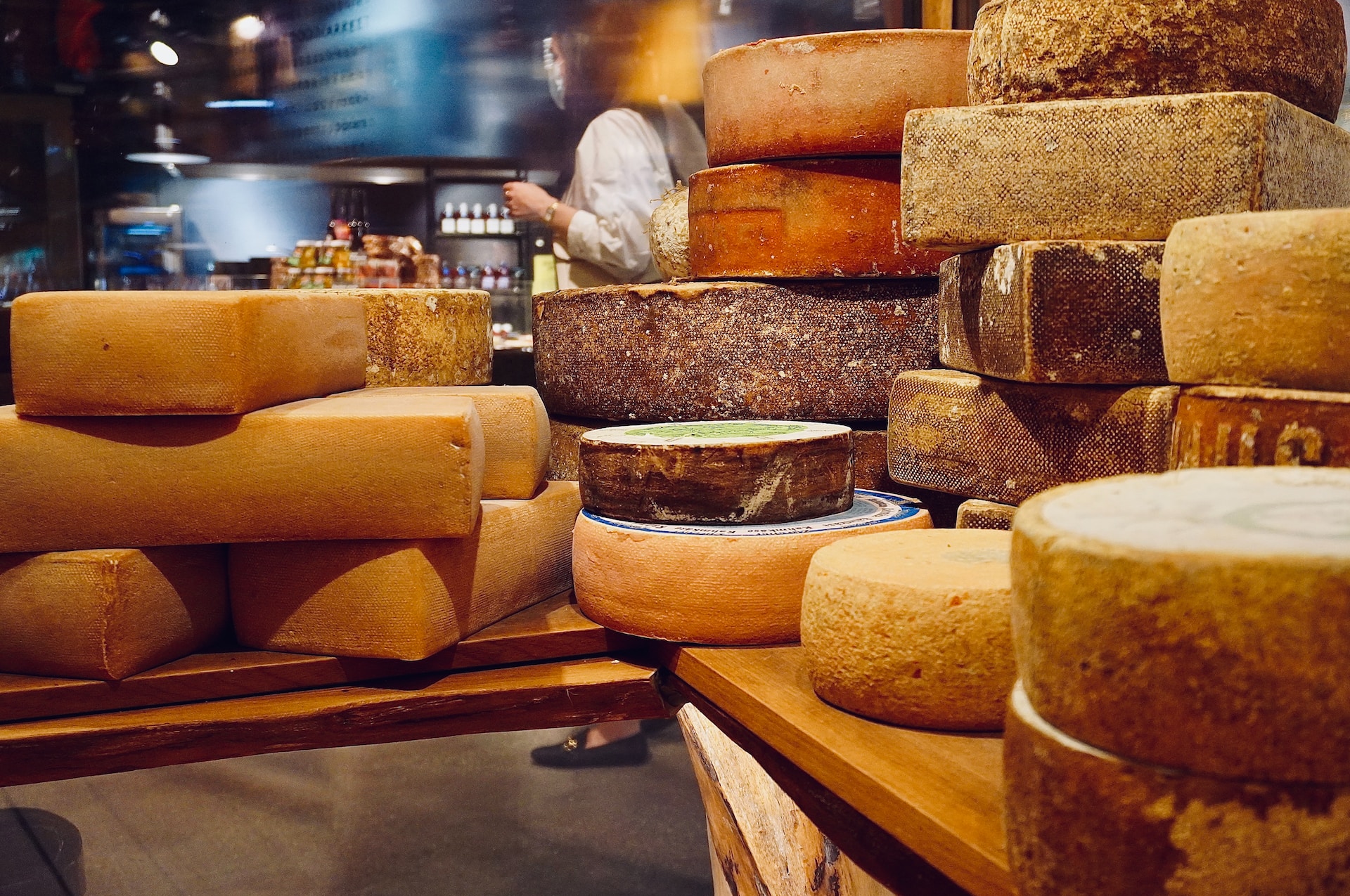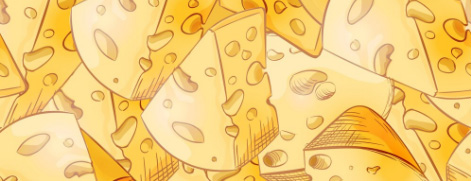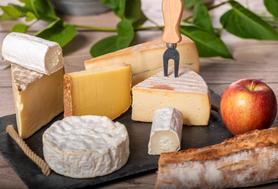How It All Started: The History Behind the Science of Cheese

Without exaggeration, cheese is a global phenomenon. It’s one of the most popular dairy products. Today we know hundreds of flavors, textures, and recipes, from the well-known parmesan, cheddar, and brie to hundreds of specialty cheeses with delicious combinations of fruit, nuts, spices, and herbs. It’s no surprise cheese is so addictive.
Cheese has a fascinating, centuries-long history. So if you’re passionate about cheesemaking and want to know more about your favorite food or looking for resources to help you finish your assignments and write my essay online without the professional help of paper writing service platforms, let’s uncover the origins of cheese together. Read on to track the evolution of cheese from ancient times to today.
Origins
While we don’t know the exact time and place when people first discovered cheese, it is associated with the domestication of animals, primarily sheep. So scientists assume that cheese could be 8,000-10,000 years old.
The first actual evidence of cheesemaking was found in the art on Egyptian tomb walls that dates back 4,000 years. Cheese was also mentioned in Greek mythology and Sumerian records, also going back to 4,000 BCE. This leaves no doubt that cheesemaking is indeed an ancient practice that has been preserved throughout the centuries.
Neolithic Period
The Neolithic tribes in the late stone age “domesticated” microbes, such as bacteria and yeast, just like animals and plants. Naturally, this happened by accident in an attempt to preserve food and make it palatable even after prolonged storage. Fermentation increased the acidity of milk and prevented it from spoiling.
The first cheese was soft, fresh, and heavily salted. If you need to research the history and science of cheese in prehistoric times, the easiest option is to find an academic writing service and pay for essay. Professional writers will look it up for you and present the finding in a way that is easy to grasp and use in class.
The First Cheese Theories
We can’t tell for sure how the first cheese was made, but there are a few theories.
One of them suggests that stomachs and other animal organs were used to store and transport milk. The stomachs of ruminants have residual rennet. This is the enzyme that is used in cheesemaking. The combination of rennet, milk, and warm temperature could have resulted in the earliest form of cheese.
Other possible scenarios included adding either fruit juice or salt to milk for preservation. Both actions result in mild curdling in milk.
The History of Cheese on a Gene Level
In fact, the activity of prehistoric farmers determined the genomic history of the LAC genes. A study found this when researching the origin of lactose fermentation in K. lactis. The interspecies transfer between K. marxianus and K. lactis resulted in the latter acquiring the ability to grow on lactose like K. marxianus and surviving on its own. This gave a start to various forms of cheesemaking—a tradition that has continued today.
The Science of Cheese
There are so many shapes, textures, and colors of cheese. Such a variety is possible thanks to hundreds of different microbial species involved in cheesemaking. Here is how it happens.
The first “settlers” in milk are lactic acid bacteria. They make the milk sour by producing acid and prevent pathogens from inhabiting it.
However, certain microorganisms, like baker’s yeast, can survive in an acidic environment. They feed on the lactic acid, allowing other species to join the cheesemaking process. Various bacteria and fungi in cheese decompose proteins and fats of the milk, giving cheese its texture and flavor.
Depending on the combination of microorganisms and factors such as salting, humidity, temperature, pH, etc., cheese acquires various properties. This is because different microorganisms thrive in different conditions.
Early History
The first evidence of mass cheesemaking is associated with the Roman Empire. It was widely adopted all around Europe and in the Middle East.
This was the time when people started to develop a lot of cheese varieties. The Romans would experiment, smoke their cheese, and let it age. According to findings from the best research writing services, cheesemaking became a form of art. Cheese itself was an object of trade as well as a component of nutrition in the Roman legions.
This allowed the spread of cheese throughout the entire empire and beyond. With time, it started to acquire local variations. For example, in the cool climate of Northern Europe, there was no need to add much salt for preservation. This made cheese much creamier.
A lot of types of cheese we know and enjoy today, like cheddar, parmesan, and camembert, were invented in the Middle Ages. The practice of cheesemaking flourished in monasteries.
Cheesemaking in the US
In the US, the production of cheese began in the 17th century. The immigrants from Europe brought their skills in dairy farming. The spread of cheesemaking moved from east to west while the demand kept growing throughout the country. The New Englanders were the dairymen pioneers, while cheesemaking quickly grew in popularity. The state of New York became the “great new cheese state,” and Ohio was nicknamed “Cheesedom.”
In the 19th century, Swiss immigrants established the production of foreign cheeses in Wisconsin. They founded the first farmstead cheese factory in the state in 1846.
Global Phenomenon
With the rise of industrialization, cheese became mass-produced and widely available. The first cheese factory in Europe was built in Switzerland in 1815, and production skyrocketed.
Cheese keeps being one of the most popular foods and an integral part of everyday diet. People add it to almost every meal. There are countless textures, flavors, regional varieties, and ways of production, including vegan options. France, Switzerland, and the Netherlands are the leaders in cheese production.
Today people are also interested in authentic, artisanal cheese once again. They use traditional techniques to produce a high-quality product that is one of a kind and has a special delicate flavor.
In Summary
The art of cheesemaking has a long-standing and rich history. It dates back to prehistoric times. This extraordinary discovery kept evolving throughout centuries, acquiring new flavors with every generation. We hope this article has helped you get some of your questions answered and appreciate cheese even more.





Loading comments...